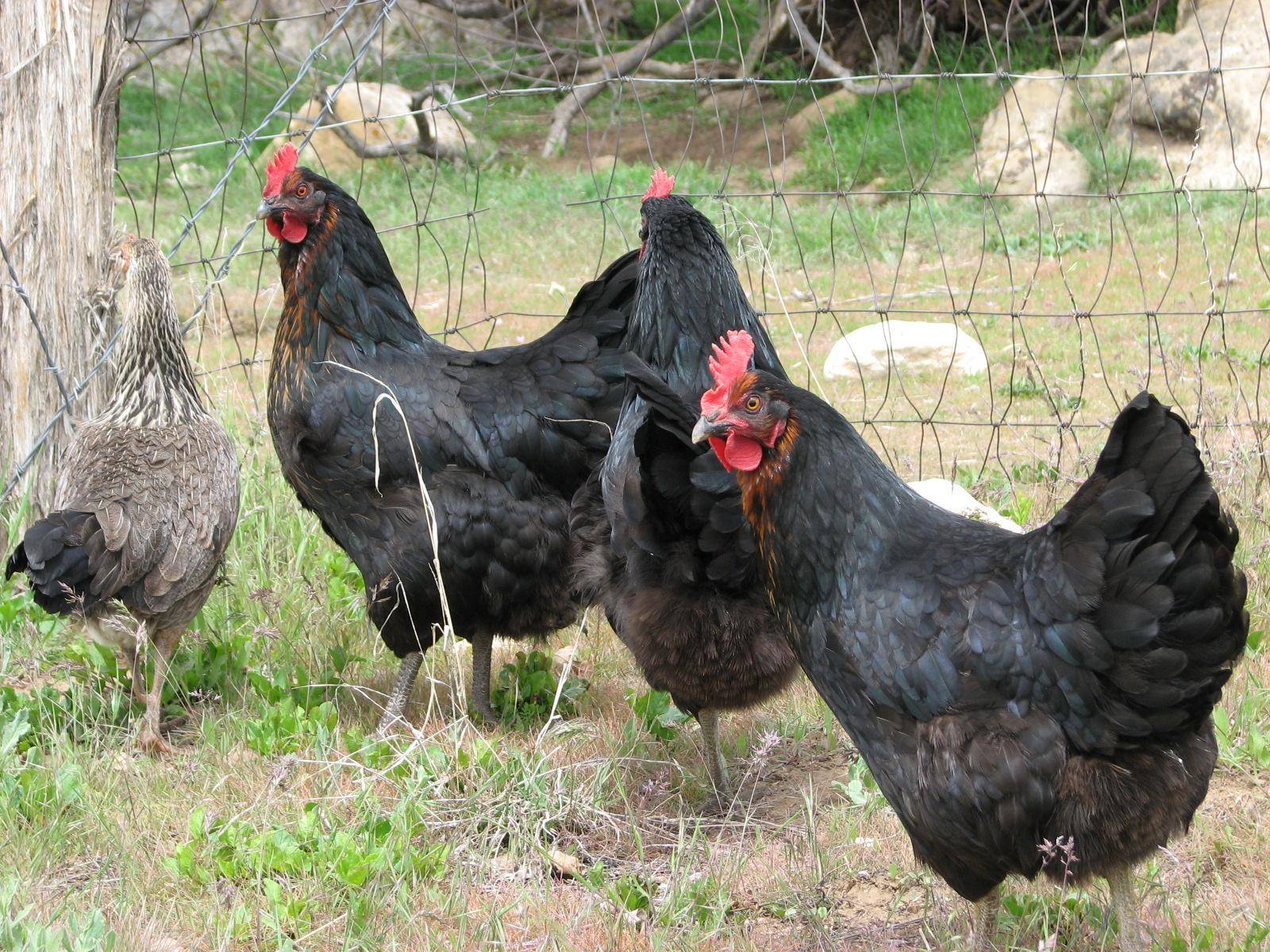By David Frame
Nearly 2.2 million birds in Utah were lost to the highly pathogenic avian influenza (HPAI) between April 2022 and January 2023. This total includes eight non-commercial poultry flocks, 18 commercial egg layer and turkey flocks, and one commercial gamebird facility. Non-commercial detections in backyard chicken flocks and petting zoos have occurred in Cache, Utah, Salt Lake and Weber counties.
Live wild bird surveillance has shown the virus in various dabbling duck species, including the mallard, gadwall, cinnamon teal, green-winged teal, Northern shoveler and American widgeon. Wild bird morbidity surveillance has detected the virus in owls, hawks, gulls, pelicans, eared grebe, black-crowned night heron and the turkey vulture.
The most prevalent species with HPAI has been the Canada goose. This is significant because waterfowl are the natural carriers of avian influenza viruses and typically do not die as a result of the virus; however, the current strain of HPAI is lethal enough to kill even waterfowl.
Although we have been fortunate to have HPAI detections drop this winter, some areas of the country have not been so lucky. As we approach the spring months, it is uncertain whether we will experience another wave of outbreaks during spring migration. Work still needs to be done to determine exactly how the initial introduction of HPAI occurs.
What we do know is that once introduced, the virus is transmitted from flock to flock through contaminated equipment and people. Consider these tips to prevent virus transmission.
* Practice strict adherence to washing hands, using dedicated clothing and footwear, and avoiding neighbors’ flocks.
* Do not take care of your poultry immediately after hunting; shower and change into clean clothes first.
* Keep all domestic poultry and gamebirds enclosed and away from wild birds.
* Avoid using water from open sources, such as ponds, canals and ditches, for poultry drinking and to wash equipment where your birds have access. These sources could contain the HPAI virus, especially if they are accessible to waterfowl. If the virus is found in live bird samples, it indicates that our resident waterfowl must be considered potential carriers and shedders.
Poultry flocks infected with HPAI will experience sudden high mortality and usually no signs of sickness before death. If you suspect your home flock may have HPAI, contact the Utah Department of Agriculture and Food or the state veterinarian’s office at statevet@utah.gov immediately.
Although sporadic cases have been reported, avian influenza viruses pose minimal danger of causing clinical disease in humans.

